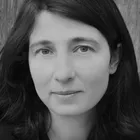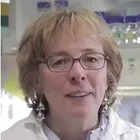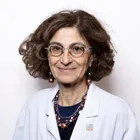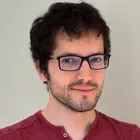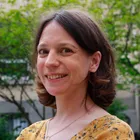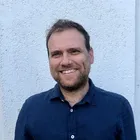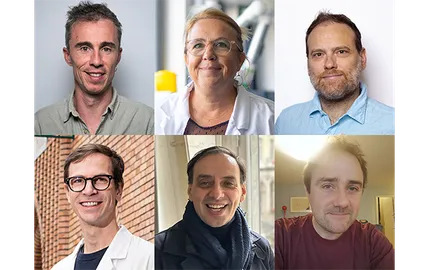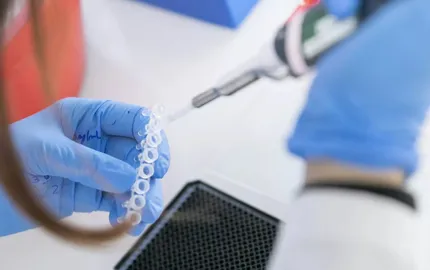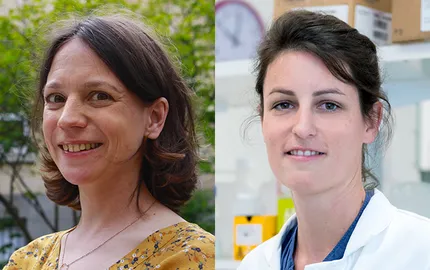Présentation

Les équipes de cette unité s’intéressent aux relations entre information génétique et épigénétique au cours du développement, lors de la mise en place des destins cellulaires propres à chaque lignée de l’organisme. Il s’agit aussi de comprendre comment ces informations sont altérées en contexte pathologique comme le cancer.
Pour ce faire, des modèles expérimentaux de choix, (drosophile, xénope, souris, levure) et lignées cellulaires (humaines, rongeurs…) sont exploités. Nos objectifs visent à comprendre comment la réplication de l’ADN et sa réparation, ainsi que la transcription et la répression de l’expression des gènes, sont modulés au cours du développement, de la division cellulaire et en réponse à des stress génotoxiques et environnementaux.
Les thèmes de recherche principaux comprennent:
- Les facteurs clefs dans la dynamique de la chromatine, la stabilité du génome et sa réparation
- Les domaines fonctionnels des génomes eucaryotes, leur mise en place et leur maintien au cours du développement
- La plasticité épigénétique et son rôle dans le contrôle de la polarité de l’embryon
La compartimentation et la dynamique du noyau et son rôle pour réguler différentes fonctions du génome.


